The first time I fainted, I was thirteen and I passed out halfway between the kitchen and living room of 4 Ihuo Street, Port Harcourt. It was a Sunday and Daddy had just come back from Igarra.
The second time I fainted, I was thirty-seven and at a dental surgery in Port Harcourt.
Back to thirteen.
I fainted because I’d been working all morning and had simply not eaten. I was hungry.
Amala – a cooked meal of yam or plantain flour always reminds me of that day. Amala, especially the sort made from dried and milled unripe plantains always remind me of Daddy – it was one of his favourites. Not only did he enjoy the flavour, but he enjoyed making his…from scratch.
By making I mean the whole shebang – buying the plantains, peeling them, slicing them, drying them and having the result milled. At thirteen, I, we – brothers, sisters, cousins – we knew how to process plantains and yams for flour. Everytime Daddy travelled, we had one thing or the other to process when he got back – snails by the dozen, plantains, yams, fruit – oranges, pineapples.
I can’t remember what we’d done on the Saturday before, why I hadn’t eaten at past noon when he returned. I remember wearing a dress. I remember heat, sweat, the feeling of wooziness just before I fell. We’d brought things down/ out of the car and were putting them away. Maybe I was overwhelmed at the sheer amount of work there was to do (my children have no idea how little they do…), maybe I was hungry, whatever I know I gave my father a good shock.
When I came to, I was in my bed – the bottom half of a bunk bed. I mumbled something about not eating and I can’t remember what they gave me. Might have been custard, might have been Amala & Edikan-Ikong, one of daddy’s favourites.
And so when I think of my father, and of Sundays, I remember him with the tenderness with which he carried me to bead and the fear in his eyes when I came to, and I ate heartily, with enjoyment…
Ladies and Gentlemen – my recipe for Sunday Lunch.
Now, I haven’t called this ‘traditional’ Edikan-Ikong soup lest purists come at me. One because the cooking method – frying the water leaf might be unusual.
Truth is, a friend of mine – full Calabar babe, taught me this method after I complained of watery vegetable soups. See, this soup should have moist, cooked greens that are juicy but not swimming in liquid.
This method accomplishes that and for me…that’s all that matters.
But I also think on the science of emulsification – a mixture of two fluids which normally don’t mix – oil and water or a case in which one liquid is suspended in another.
In this case, the liquid from the watery, spinach-like water leaf is suspended in the orange-red of the palm oil. The result is silk for mouth-feel and creaminess when cooked this way.
- 1/2 cup palm oil
- 3 cups water leaf
- 6 cups Ugwu - pumpkin leaves, chopped
- Dried fish
- 3 cups beef & chicken, cooked - stock reserved
- Crayfish, to taste
- Fresh yellow pepper
- Dried red chilli powder
- Salt
- Heat up oil till smoke just begins to rise then add the water leaf, salt, crayfish and chillies
- Let simmer for 2 - 3 minutes with the lid on, then add the ugwu and dried fish if using. When you add the dried fish really is dependent on what sort you're using - if it takes long to cook, add it earlier. If not, later. Put the lid on for another 2 - 3 minutes
- Stir, check for seasoning and add the cooked meats and 1/2 a cup of stock. Stir well, adjust seasoning and finish with lid on for another 7 - 8 minutes
- Remove from the heat
- This recipe uses already cooked meats with enough water barely covering the meat along with salt, crayfish, chilli powder and chopped onions. The meat - beef, chicken etc cook and are about 10 - 12 minutes from being fully cooked
- If you're abroad and can't find the greens in the recipe, substitute fresh/ frozen kale for ugwu; spinach for water leaf
- The choice of meats and other protein is yours. Some people use cheese curds/ soy bean curds
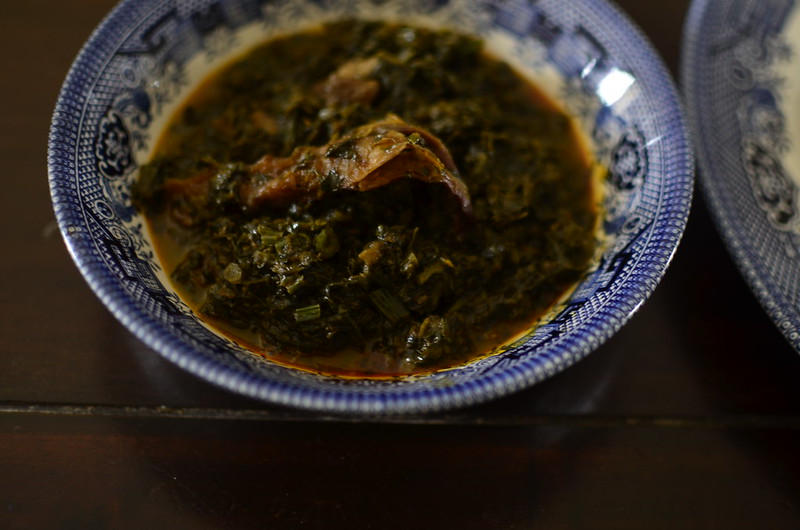
How do you cook your Edikan-Ikong soup?[wpurp-searchable-recipe]Sunday Best: Amala & Edikan-Ikong Soup – – – [/wpurp-searchable-recipe]

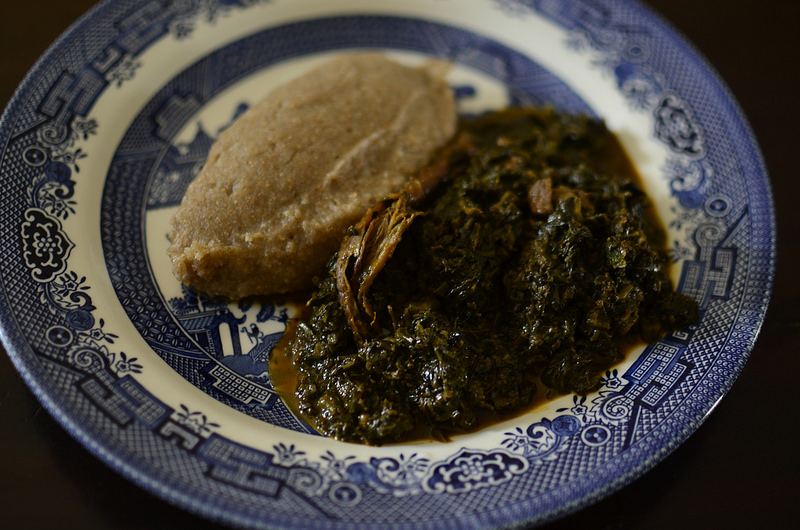
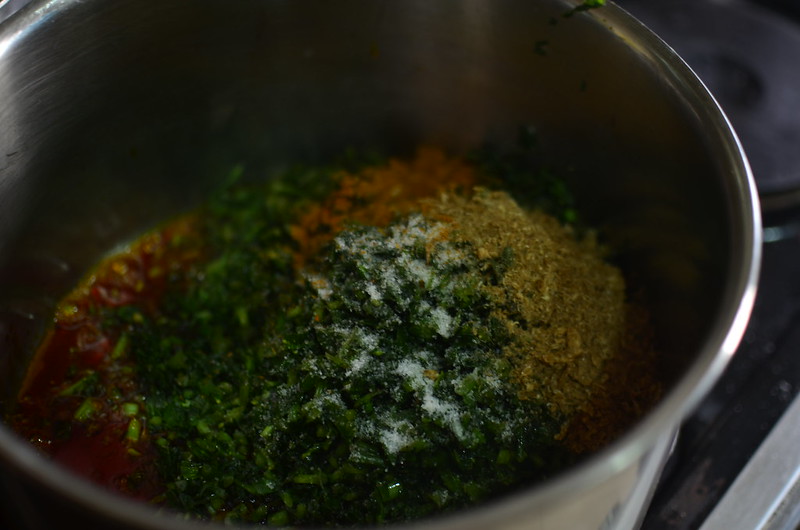
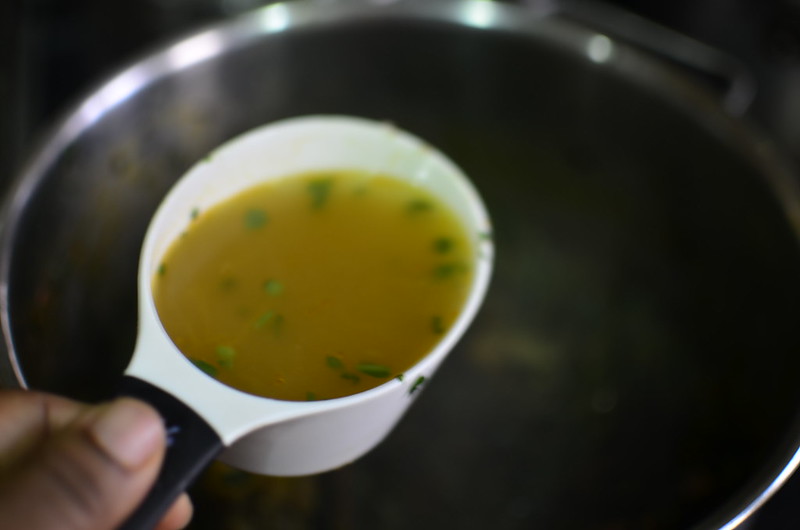
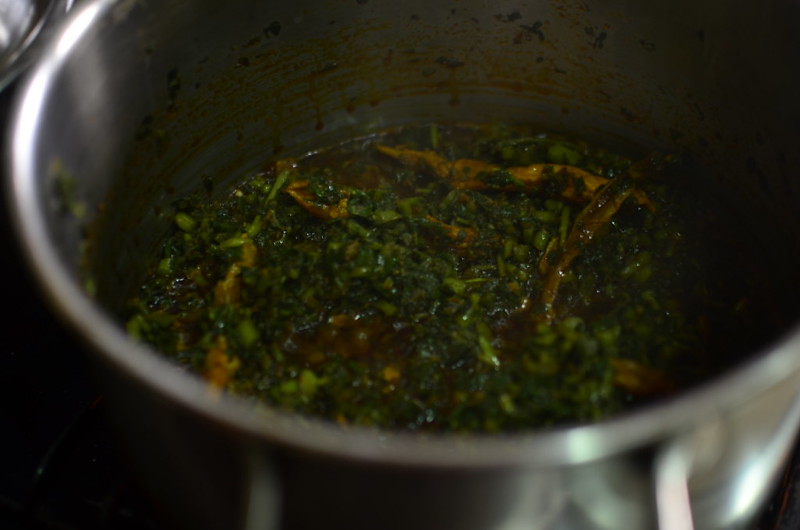
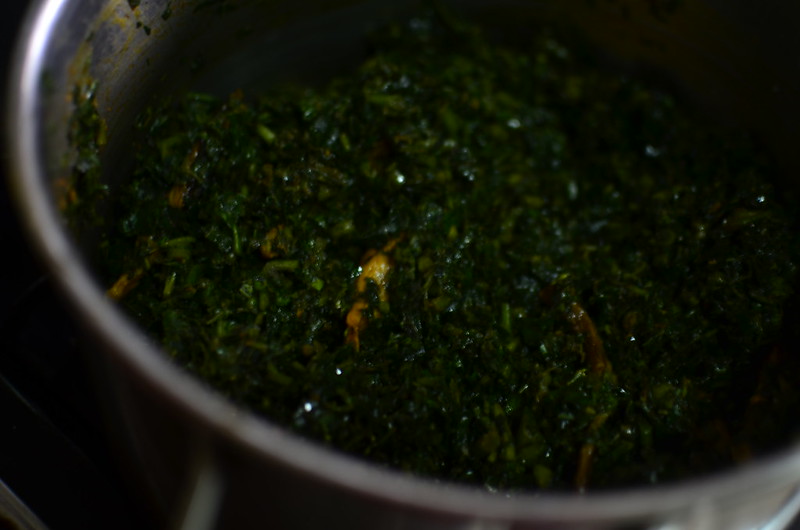
Leave a Reply